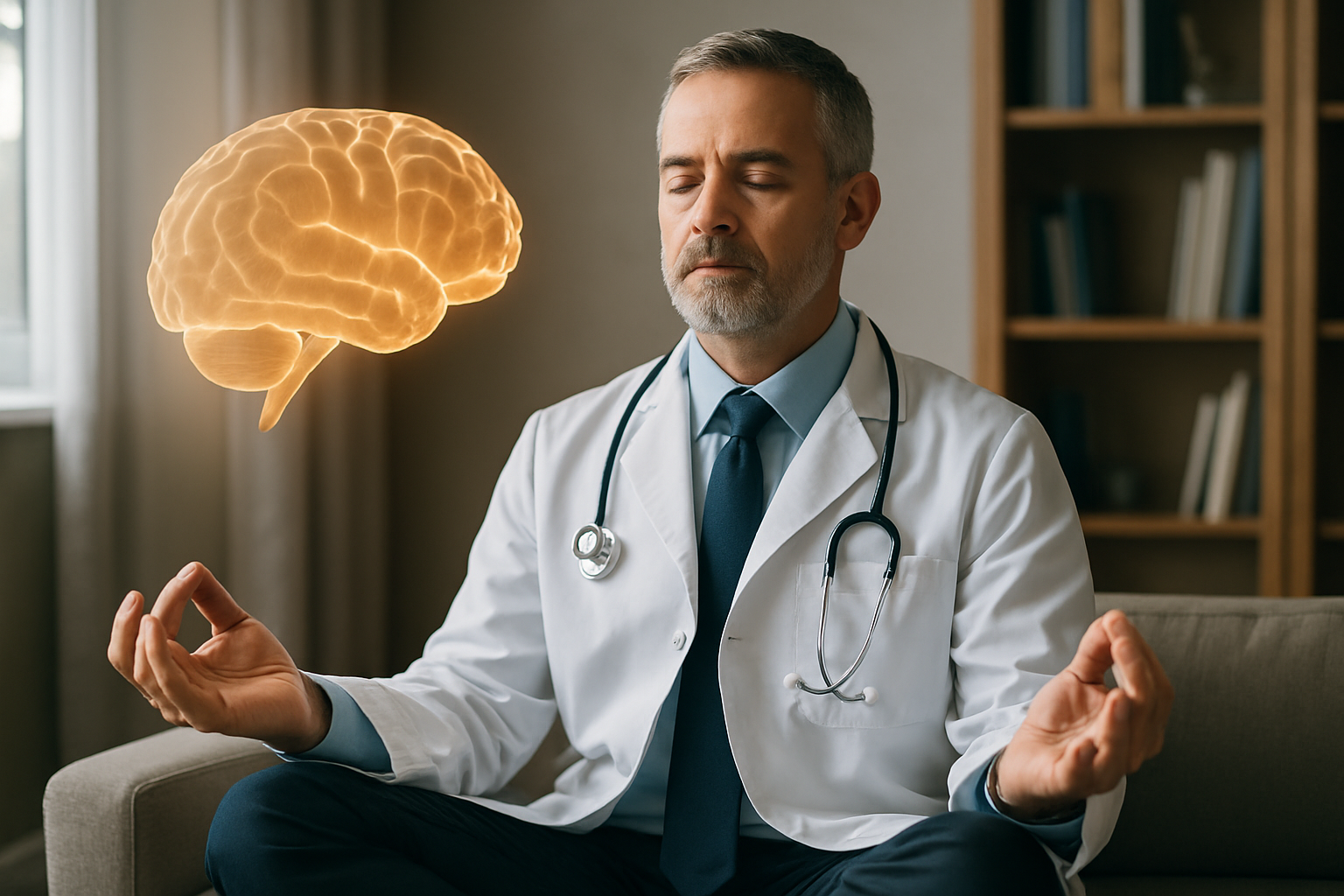Mindful Movement: The Fusion of Dance and Neuroscience
Can you imagine a world where your daily dance routine not only brings joy but also rewires your brain for better cognitive function and emotional well-being? Welcome to the cutting-edge intersection of dance and neuroscience, where each step, twirl, and rhythm becomes a powerful tool for enhancing brain health and overall wellness.

The cerebellum, traditionally associated with motor coordination, shows increased activity during dance. But it’s not just about balance and timing. This brain region also plays a crucial role in cognitive functions like attention and emotional processing. Regular dance practice has been shown to increase the volume of gray matter in the cerebellum, potentially enhancing these cognitive abilities.
Rhythm and Reward: The Dopamine Connection
One of the most intriguing aspects of dance from a neuroscientific perspective is its ability to trigger the release of dopamine, often referred to as the feel-good neurotransmitter. This biochemical response is similar to what we experience during other pleasurable activities, creating a positive feedback loop that reinforces the desire to dance.
Research using functional magnetic resonance imaging (fMRI) has revealed that the anticipation of rhythmic movements activates the basal ganglia, a group of structures deep within the brain involved in motor control and reward processing. This activation leads to dopamine release, explaining the euphoric feeling many experience while dancing and the subsequent craving for more.
Neuroplasticity in Motion: Rewiring the Brain Through Dance
Perhaps one of the most exciting discoveries in the field of dance neuroscience is the potential for neuroplasticity - the brain’s ability to form new neural connections and reorganize itself. Studies have shown that dancers, especially those who practice regularly, exhibit enhanced neural plasticity compared to non-dancers.
This increased plasticity translates to improved cognitive flexibility, faster learning, and better memory formation. For instance, a study published in the New England Journal of Medicine found that dancing was associated with a 76% reduced risk of dementia among elderly participants, outperforming other physical and cognitive activities.
The Emotional Choreography: Dance as Therapy
Beyond its cognitive benefits, dance has shown remarkable potential in emotional regulation and mental health. The combination of physical movement, music, and social interaction creates a unique therapeutic environment that can alleviate symptoms of depression, anxiety, and stress.
Neuroscientists have observed increased activity in the limbic system - the brain’s emotional center - during dance. This activation, coupled with the release of endorphins and other mood-enhancing neurotransmitters, contributes to the mood-boosting effects of dance. Moreover, the social aspect of many dance forms promotes the release of oxytocin, the so-called bonding hormone, further enhancing emotional well-being.
Integrating Dance into Daily Life: A Neuroscientific Approach
With the growing body of evidence supporting the neurological benefits of dance, the question arises: how can we incorporate more dance into our daily lives? Neuroscientists and dance therapists suggest several approaches:
-
Start with short, daily dance sessions to build neural pathways gradually
-
Vary your dance styles to challenge different brain regions and promote neuroplasticity
-
Use visualization techniques to mentally rehearse dance moves, engaging motor neurons even when physically inactive
-
Combine dance with mindfulness practices to enhance the mind-body connection
-
Participate in group dance activities to leverage the social benefits and boost oxytocin release
Dance Your Way to Better Brain Health
-
Learn a new dance move weekly to challenge your brain and improve neuroplasticity
-
Practice rhythmic breathing while dancing to enhance mindfulness and reduce stress
-
Alternate between fast and slow dance tempos to train your brain’s adaptability
-
Incorporate dance breaks into your workday to boost cognitive function and creativity
-
Try dance-based video games for a fun, interactive way to engage your brain and body
-
Explore dance styles from different cultures to stimulate diverse neural pathways
As we continue to unravel the intricate relationship between dance and the brain, one thing becomes clear: the power of mindful movement extends far beyond the dance floor. By embracing dance as a tool for neurological health, we open up new avenues for cognitive enhancement, emotional well-being, and overall brain fitness. So, the next time you feel the urge to dance, remember - you’re not just moving your body, you’re orchestrating a complex neuroscientific symphony that resonates through every fiber of your being.





